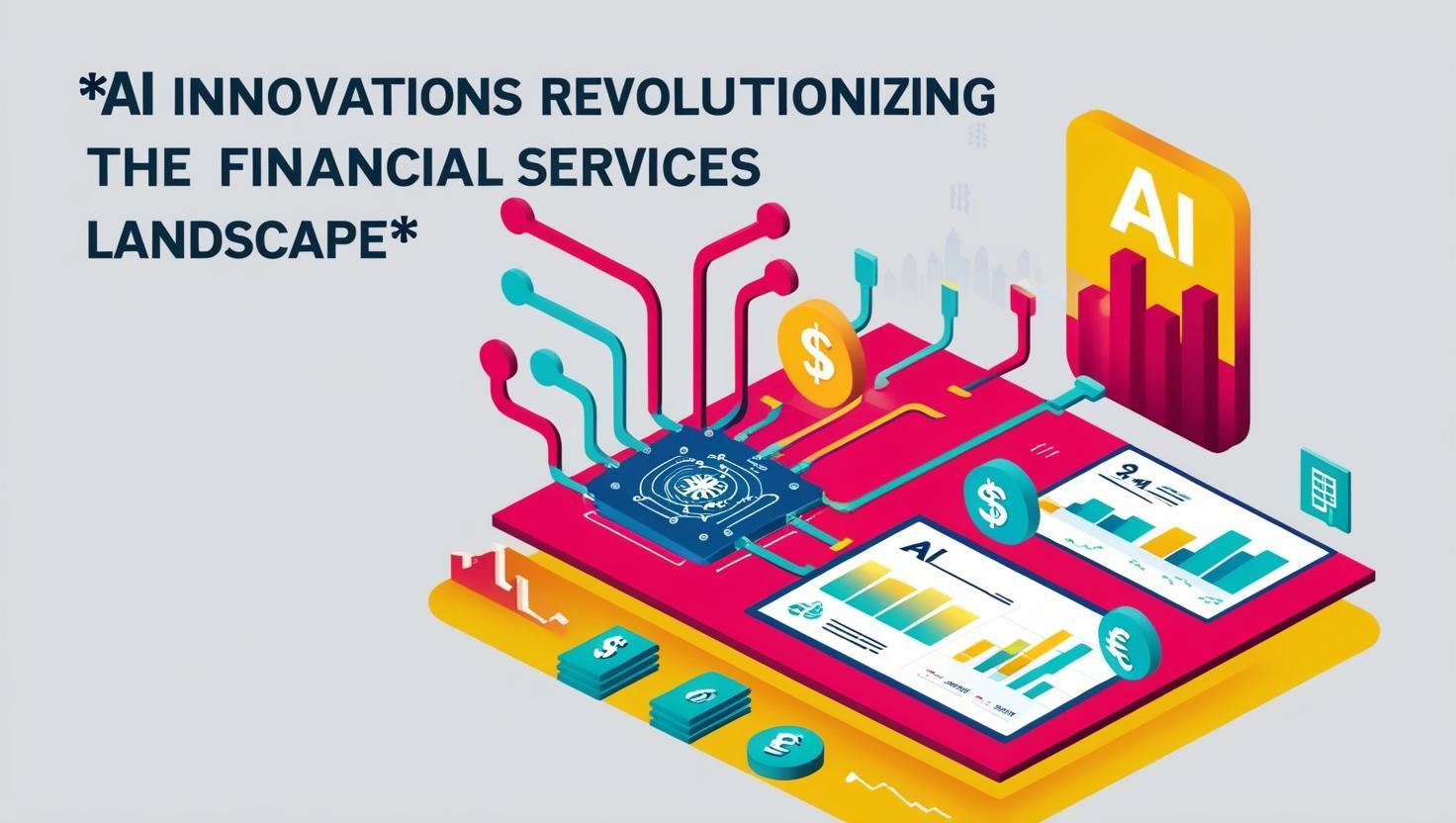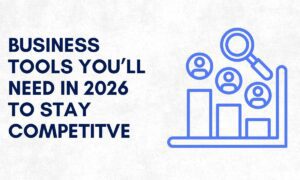In this modern era, evolving financial landscape, the integration of artificial intelligence (AI) has brought transformative changes. The application of machine learning and AI in financial services is not only optimizing traditional processes but is also paving the way for more personalized customer experiences. With AI’s ability to process vast amounts of data and make real-time decisions, financial institutions are unlocking new opportunities for growth. This article, authored by Deepu Komati, delves into the ways AI is reshaping areas like credit risk assessment, fraud detection, collections management, and personalized banking.
Revolutionizing Credit Risk Assessment
AI is revolutionizing how financial institutions assess creditworthiness, with machine learning providing more nuanced insights than traditional methods. The use of advanced algorithms allows financial institutions to go beyond conventional data sources like credit history. By incorporating alternative data, such as social media activity and mobile usage patterns, AI models create more comprehensive profiles of borrowers. These data-driven credit scoring systems predict repayment behavior with greater accuracy, especially for individuals with limited credit history. Predictive analytics is also transforming how defaults are forecasted, with AI’s ability to analyze macroeconomic factors alongside borrower behavior to provide deeper, more timely analysis.
Traditional credit scoring methods, which rely on static data points, are being outpaced by AI-driven models that dynamically adapt to new data and patterns. While these advanced systems offer superior accuracy, challenges remain around transparency and regulatory compliance. The growing adoption of explainable AI techniques is addressing these concerns, ensuring that financial institutions can maintain both high performance and ethical practices.
AI in Collections Management
AI has enabled financial institutions to create more efficient, personalized recovery strategies. By segmenting customers based on detailed behavioral patterns, AI helps institutions better understand financial circumstances. Predictive models anticipate when and how customers are likely to repay debts, helping institutions proactively address potential payment difficulties.
AI-driven personalized recovery strategies, such as choosing the right communication channels and repayment options, have significantly improved collection rates, enhancing the customer experience.
Advancing Fraud Detection
Fraud detection has always been a priority for financial institutions, and AI is making substantial strides in this area. Real-time anomaly detection powered by AI enables organizations to flag suspicious transactions as they occur. Machine learning algorithms analyze transaction patterns across channels, identifying irregularities much faster.
Moreover, adaptive learning algorithms help AI stay ahead of evolving fraud tactics, continually refining detection capabilities. The integration of unsupervised learning techniques strengthens these systems by identifying new, unknown fraud patterns that traditional models might miss.
Personalized Banking for the Digital Age
AI is at the forefront of delivering personalized financial services. AI-powered recommendation systems analyze customers’ financial behaviors, transaction histories, and life events to recommend products that are genuinely relevant to their needs.
Additionally, AI has improved the customization of repayment plans and investment advice. Machine learning algorithms generate repayment strategies that align with individual cash flow patterns and financial goals, while AI platforms provide personalized portfolio recommendations. This democratization of financial advice makes personalized banking more accessible to a broader audience.
Efficiency Gains and Regulatory Compliance
AI is driving operational efficiency by automating routine tasks such as document processing, customer onboarding, and transaction reconciliation. These automated systems reduce processing times and costs, allowing institutions to focus human resources on more strategic activities. AI’s impact on regulatory compliance is also significant. By continuously monitoring real-time transactions, AI identifies potential regulatory violations, ensuring institutions stay in line with evolving regulations.
Additionally, AI synthesizes vast amounts of data, allowing for more proactive risk management. By identifying emerging risks earlier, financial institutions can better navigate market fluctuations.
In conclusion, the transformative impact of AI in financial services cannot be overstated. From enhancing credit risk assessments and fraud detection systems to providing personalized banking experiences, AI is fundamentally altering how financial institutions operate. Deepu Komati highlights how the integration of these technologies is improving decision-making processes, reducing operational costs, and fostering secure, customer-focused services. As the industry continues to embrace AI, attention to algorithmic transparency, data privacy, and ethical considerations will ensure these innovations benefit all stakeholders and drive future growth.



































